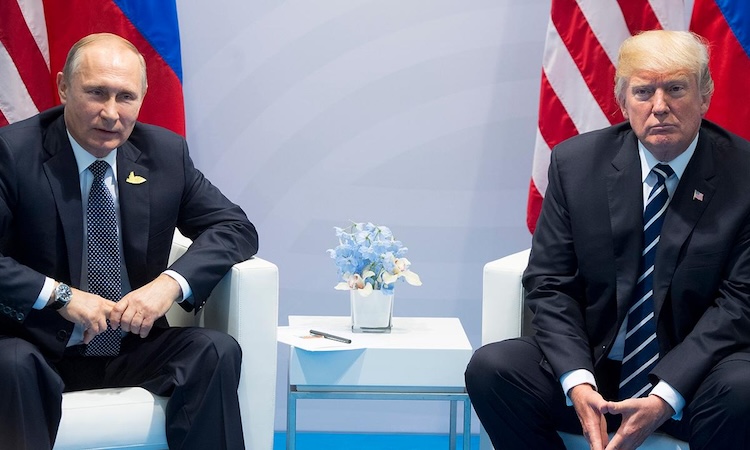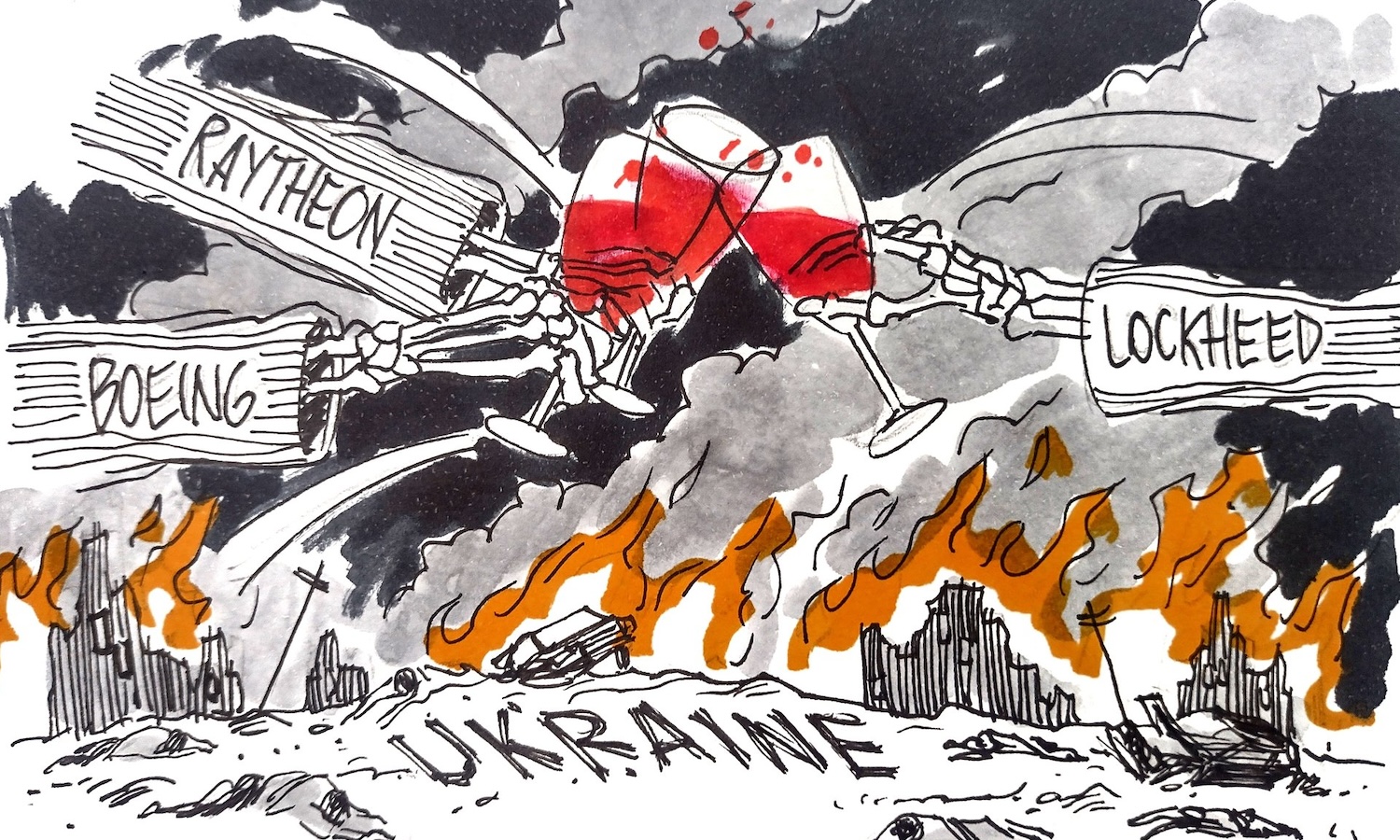The importance of the Russian capture of the Donetsk town of Soledar, and probable imminent capture of neighbouring Bakhmut (known to Russians by its Soviet name of Artyomovsk), can hardly be overstated.
This victory successfully breaches the crucial Ukrainian north-to-south defence line that stretches from Siversk, passes through Soledar and Bakhmut, and then follows the old ceasefire line of the Donetsk People’s Republic. Three out of the four main roads out of Bakhmut are already controlled by Russian forces, as are the rail links, preventing the transport of Ukronazi troops or materiel.
Puppet president Volodymyr Zelensky’s view of war, fixated less on military logic than on public relations optics, favours a series of do-or-die last ditch stands, hoping thereby to shame his imperialist sponsors into sending yet more military hardware. But this tactic of trying to hang on to inflexible lines pinned to major cities is counterproductive, needlessly sacrificing untold thousands of men every week.
Even the Wall Street Journal felt moved to sound a warning to Kiev, noting: “Western – and some Ukrainian – officials, soldiers and analysts increasingly worry that Kiev has allowed itself to be sucked into the battle for Bakhmut on Russian terms, losing the forces it needs for a planned spring offensive as it stubbornly clings to a town of limited strategic relevance.” (Russia claims success in Ukraine’s Soledar as Moscow names new war commander by Yaroslav Trofimov, 11 January 2023)
In other words, even before the fate of Bakhmut has been decided, the disproportionate death toll of the defending Kiev forces has already seriously compromised the planned ‘spring offensive’.
And the WSJ might want to reconsider its description of Bakhmut as of “limited strategic relevance”, as evidence emerges of what lies beneath the surface of Soledar and Bakhmut – literally. Wagner private military force leader Evgeny Prigozhin had this to say:
“Bakhmut is the central point of the eastern front and a serious logistics centre. And our task there is to die as little as possible, and to destroy the enemy as much as possible.
“Bakhmut’s feature is in its unique historical and geographical defence capabilities, which include, first, the division of the city into several parts by water barriers. Secondly, the neighbourhood of Bakhmut is a complex of settlements that create a unified defence system. Thirdly, this is a unique landscape, ravines and heights, which are natural tunnels.
“And the icing on the cake is the system of Soledar and Bakhmut mines, actually a network of underground cities. In which there is not only a cluster of people at a depth of 80-100 metres, but also tanks and infantry fighting vehicles move. And stockpiles of weapons have been stored since the first world war.” (What is hiding in the Bakhmut salt mines? by Larry Johnson, 7 January 2023, Sonar 21)
If this testimony is accurate, we could shortly be witnessing another Mariupol, only this time with a gigantic salt mine instead of a steel works. We can be sure that the outcome for the die-hard defenders will prove no happier.
















